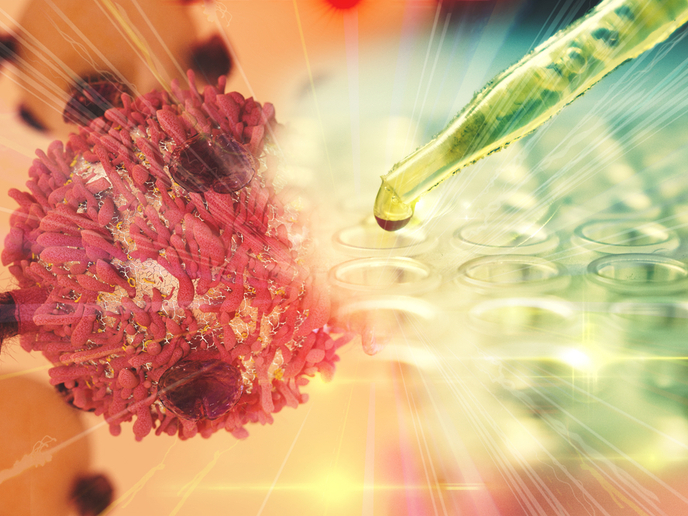Unravelling new secrets of plant genetics
Chromosomes, bundles of DNA common to all plants and animals, are held together and controlled via a central area called a centromere. The centromere is usually in the centre of the chromosome, but a few plants and animals have a diffused centromere, known as holocentric chromosomes. Recent evidence suggests that holocentric chromosomes influence the evolution of the species in which they occur. The EU-funded HOLOCHROMEVOL (Holocentric chromosome evolution and the origins of biodiversity in a hyper-diverse plant lineage) initiative investigated this phenomenon in the common European sedge genus Carex. With more than 2 000 species, Carex is one of the most species-rich genera of angiosperms and the most diverse in the northern temperate zone. The genus has holocentric chromosomes, and so it is likely that these have influenced genetic diversity and species richness in the genus. Carex is rapidly becoming a model organism for holocentry research. The project conducted long-term breeding experiments with Carex scoparia, both within and between populations. Several generations of offspring were grown, interbred and harvested for further analysis. Researchers used advanced genetic sequencing of successive generations of Carex to study chromosome rearrangements and interbreeding in these plants. They showed that the plant germination rate decreases as chromosomal rearrangements increase. Project members also showed that genes are not passed on in the usual ratios predicted by traditional sexual reproduction. This is the first evidence that holocentric chromosomes can influence the breeding (and thus the evolution) of an organism. HOLOCHROMEVOL has produced a model that will allow other scientists to study the relationships between holocentric chromosomes, evolution and speciation.







